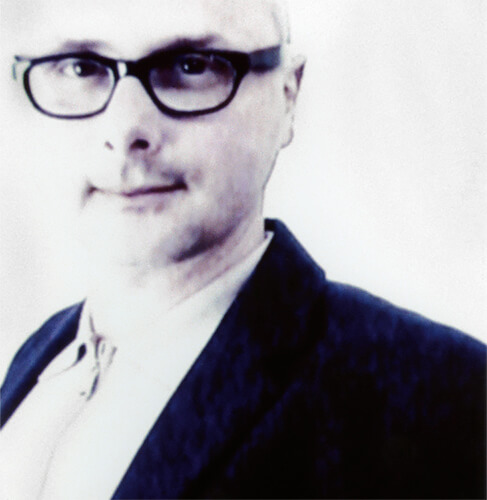Since 1995, Dutch photographer Hendrik Kerstens has been photographing his daughter, Paula. His photographs have been collected by museums around the world and have inspired taste-makers as diverse as Elton John and Alexander McQueen. (McQueen, in fact based his Fall 2009 collection on Kerstens' image of Paula with a plastic bag as a head-dress, using the image as his invitation for the show.)
Initially Kerstens' photographs were created out of the artist's desire to capture something of the fleeting moments that fade of childhood. The pictures recorded everyday events – his daughter's sunburn, the child's bath. However, one day there was a moment of revelation when Kerstens not only saw her in relation to the events of her own life, but also projected on her his interest in the Dutch painters of the seventeenth century.
As Kerstens recalls, "One day Paula came back from horseback riding. She took off her cap and I was struck by the image of her hair held together by a hair-net. It reminded me of the portraits by the Dutch masters and I portrayed her in that fashion. After that I started to do more portraits in which I refer to the paintings of that era. The thing that fascinates me in particular is the way a seventeenth-century painting is seen as a surface which can be read as a description of everyday life as opposed to the paintings of the Italian renaissance, which usually tell a story. Northern European painting relies much more on craftsmanship and the perfect rendition of the subject. The use of light is instrumental in this."
A number of the portraits of Paula are clearly reminiscent of Johannes Vermeer. The austerity of the photograph, its clarity, the serene expression on the young girl's face, and not least, the characteristic "Dutch" light, all combine to create this impression.
However, Kerstens was not just imitating painting. As the series progressed, he became increasingly interested in the game of creating a conceptual and humorous dialog between past and present. The titles give the game away. "Napkin" looks like a maid's bonnet. In "Bag", a plastic grocery bag is shaped to look like a lace hood. In other pictures no pretense is made to imitate 17th century clothing but Paula's face and Kerstens' light turn a thoroughly modern hoodie into a classic and timeless garment.
Conceptually, Kerstens' photographs play with the dialog between the mediums of painting and photography, with seriality, and time. On a more emotional level, they address everyday reality while expressing his love for his child, and the knowledge and development of his craft.
Source: Danziger Gallery
Hendrik Kerstens' (1956) oeuvre consists of a consequent sequence of portraits from his muse, his daughter, each time with a different angle, meaning or purpose. In the hemisphere of the radically realist paintings of the Dutch Golden Age, Kerstens explores the photograph as a surface, a platform to study contemporary ordinary objects and its meaning in historical tradition. With his typical selection for down-to-earth forms of headwear, from a napkin, a wet towel, spheres of lace to folded aluminium foil, he recalls how daily life has always been an integral subject of art, whether in the 17th or in 21st century.
With his clear ambition to illustrate the dialogue between history and contemporary life, rich and sober, functional and valuable, Kerstens also accomplishes to renew and contemporize history while boosting the position and function of day-to-day objects.
In connecting todays photography techniques with the camera obscura techniques in earlier times, Kerstens raises awareness for the use and development of the photographic process. It is not accidental that he is a state-of-the-art perfectionist, taking nothing for granted and giving a lot of attention to the work process. The printing proces itself, the hardly visible transition of the many dark tones, the interplay of light and shadow, Kerstens dedicates himself completely in refining the image, where details and the way of looking play a key role.
Kerstens, who worked many times with Kathy Ryan from The New York Times Magazine, was awarded the PANL award (2001) in the Netherlands; the Taylor Wesing Photographic Portrait Prize (2008) at the National Portrait Gallery in London, the silver LeadAward Medaillon, Porträtfotografie des Jahres (2010) in Germany and the 11th Lucie Award (2013). Kerstens work and ideas were included in Alexander McQueen's spectacular show The Horn of Plenty: Everyting but the Kitchen Sink, a retrospective on 15 shocking years in fashion.
Source: Flatland Gallery
Galleries:
Danziger Gallery
Jenkins Johnson Gallery
Dean Project
Flatland Gallery